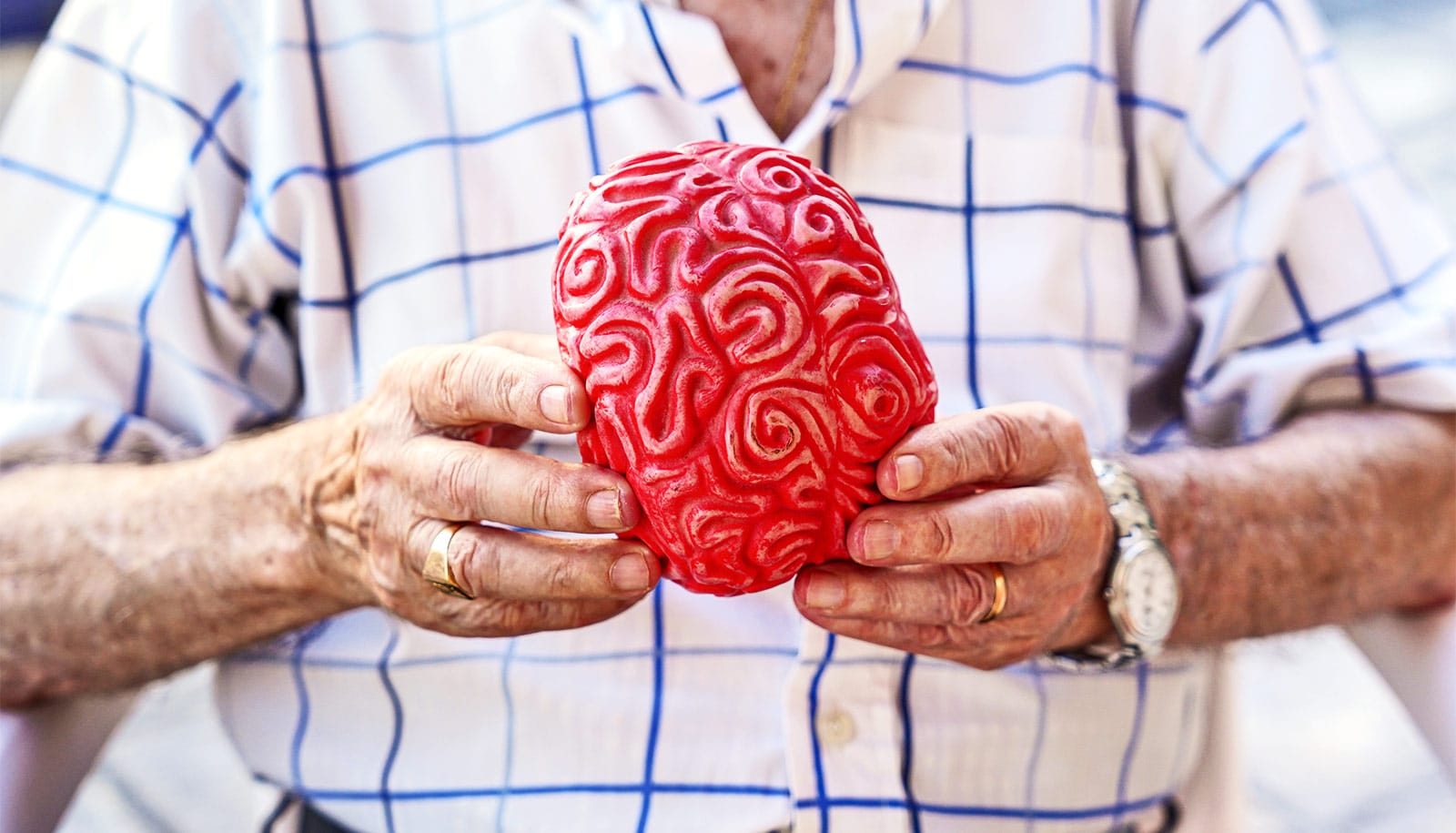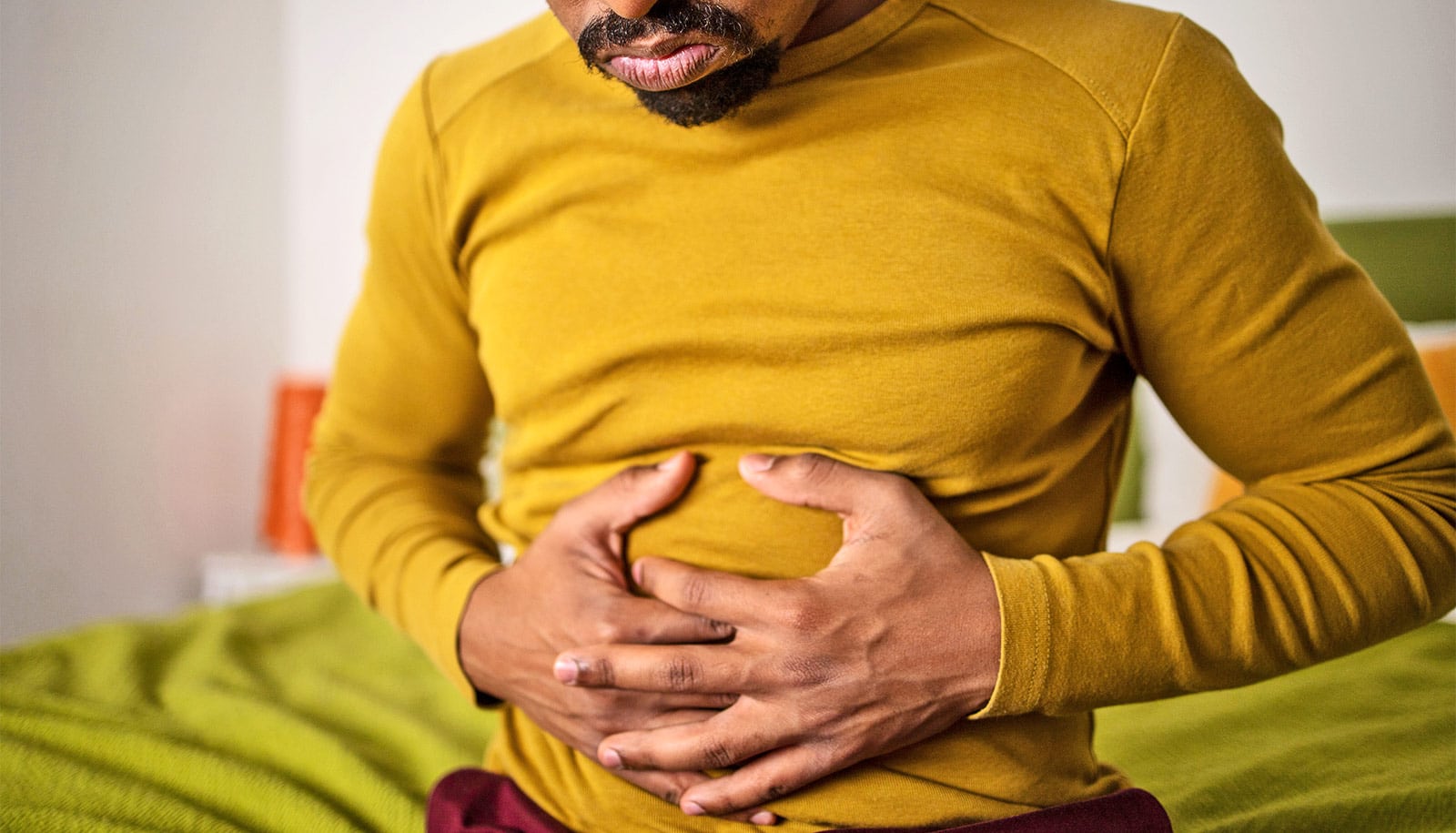A class of chemicals, called indoles, made by intestinal bacteria help worms, flies, and mice stay mobile and resilient longer in their lives, report researchers.
“This is a direct avenue to a drug that could make people live better for longer,” says senior author Daniel Kalman, professor of pathology and laboratory medicine at Emory University School of Medicine.
“…people are living longer; but you might not really want to live longer if it means spending those extra years frail and infirm.”
Researchers use “health span” to describe the length of time a human or animal can stay active and resist stress while aging. For this study, the focus is on whether the animals live healthier—but not necessarily longer.
“We need a better understanding of health span,” Kalman says. “With medical advances, people are living longer; but you might not really want to live longer if it means spending those extra years frail and infirm.”
Recent studies with humans and mice and have shown that the spectra of bacteria in our bodies become narrower with age.
“We don’t always know how various microbiota exert their effects,” Kalman says. “But now we have a big clue to one mechanism.”
Indole, produced by many types of bacteria through a breakdown of the amino acid tryptophan, can smell noxious or flowery depending on the concentration. Indole and its chemical relatives can be found in plants, especially vegetables such as broccoli and kale.
Indole and related molecules have previously been identified as compounds released by E. coli bacteria that help the worm C. elegans and mice be more resistant to infection and other stresses.
Worms normally eat bacteria. So researchers fed them E. coli bacteria that produce indoles, and compared them with worms fed E. coli that don’t.
As they age, older worms spend less time moving around, can’t swallow as well, and are more sensitive to stressors. Although indoles didn’t increase lifespan, they markedly increased the amount of time the worms stayed mobile after the age of 15 days. Indoles also boosted swallowing strength and resistance to heat stress, even in young animals.
Further, worms usually stop reproduction at the age of 5 days, but dietary indole more than doubled their reproductive span, allowing them to remain fertile up to 12 days.
Will phages complicate quest for designer gut bacteria?
There was a similar effect on the mobility and heat resistance in Drosophila fruit flies—and a comparable pattern was evident in mice.
Researchers treated mice with antibiotics to eliminate the existing flora, and then re-colonized them with either normal E. coli, or, as a control, with bacteria that cannot produce indole.
“It’s like The Picture of Dorian Gray, in terms of the genes involved. Indoles make old animals look more like the young ones.”
In very old mice (28 months), indoles helped animals maintain their weight, mobility, and activity levels. In younger mice, indoles extended survival after exposure to lethal radiation.
The researchers also analyzed the patterns of gene activity affected by indoles – the genes regulated by indoles were distinct from other C. elegans genes previously linked to longevity.
“It’s like The Picture of Dorian Gray, in terms of the genes involved,” Kalman says. “Indoles make old animals look more like the young ones.”
Friends beat family for aging well
Kalman and colleagues are now investigating how indoles exert their effects in aging animals, how dysregulation of indoles produced by the microbiota contribute to frailty, and how they can be used to reverse these effects.
“Indole is such an ancient messenger,” Kalman says. “It’s how plants steer their growth, how bacteria talk to each other, and it is how plants and bacteria talk with us and ensure proper homeostasis with our immune system. It is perhaps not so surprising that these molecules help maintain our vitality.”
Postdoctoral fellow Robert Sonowal is first author of the study that appears in the Proceedings of the National Academy of Sciences. The Bio-Merieux Foundation, the National Institute for Diabetes and Digestive and Kidney Diseases, and the National Institute on Aging funded the work.
Source: Emory University



